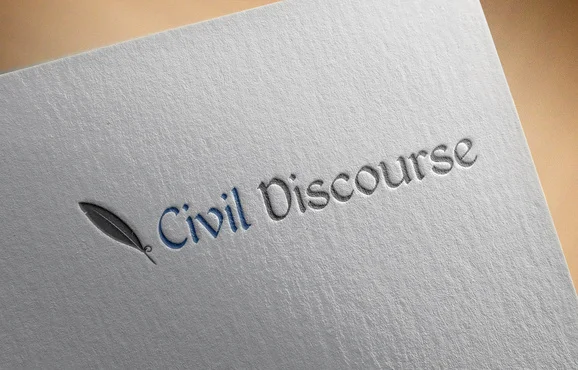Secrets of a Cemetery, Part V: A Brother's War
/The Civil War is often called a war of brother against brother. Imagery of American fighting American and family fighting family during the war arouse sentiment of sadness and horror at the thought of families ripped apart by war. While there are instances of family members fighting on opposite sides of the conflict, more often family members were fighting side-by-side for the same army. Recruitment within towns and counties meant brothers, fathers, sons, uncles, cousins, and close friends often ended up in the same regiments, or fought in different units at the same time. As a consequence, many families faced multiple tragedies during the war.
Read More




















